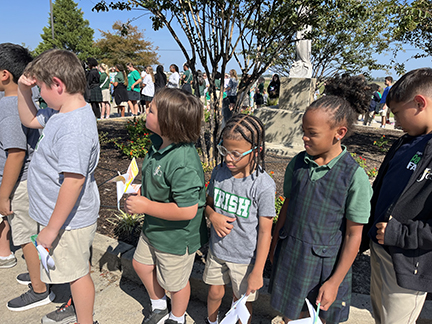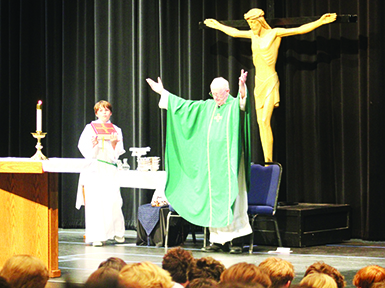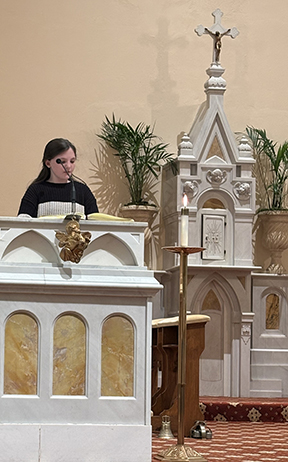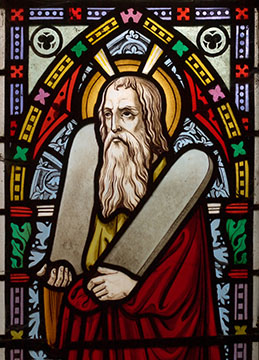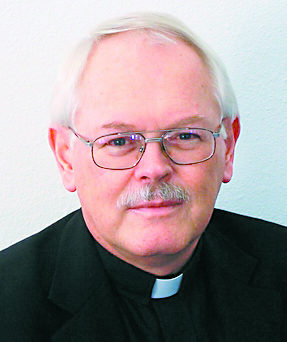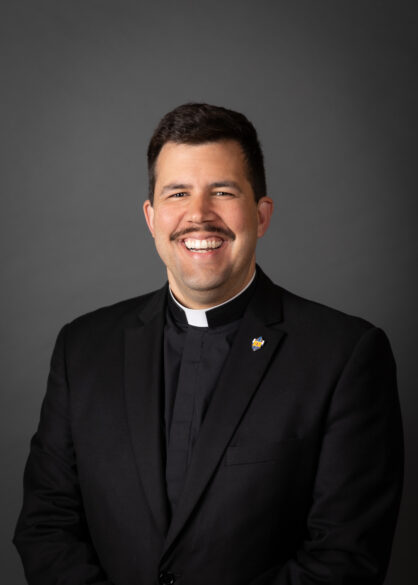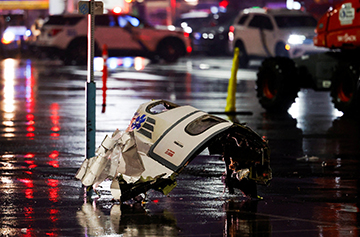
NACIÓN
PHILADELPHIA (OSV News) – El arzobispo de Filadelfia, monseñor Nelson J. Pérez, ha hecho un llamamiento a la oración, declarando que su «corazón se hundió» tras conocer el accidente aéreo mortal ocurrido en esa ciudad el 31 de enero, sólo dos días después de que la colisión entre un avión comercial y un helicóptero del ejército en la capital del país causara 67 muertos. El arzobispo emitió un comunicado pocas horas después de que un vuelo médico que transportaba a una paciente pediátrica, a su madre y a su tripulación se estrellara minutos después del despegue, matando a los seis que iban a bordo y a una persona que se encontraba en tierra, e hiriendo a otras 22 personas. El avión se precipitó en una zona densamente poblada y muy transitada del noreste de Filadelfia. El arzobispo Pérez hizo un llamamiento a todas las personas para que «nos unamos en la oración y hagamos lo que podamos en los próximos días para compartir el amor compasivo de Cristo con los que sufren». Mientras inspeccionaba el lugar del accidente el 1 de febrero, el sargento retirado de la Policía de Filadelfia Mark Palma, un católico que se ocupó de las secuelas de un accidente fatal de Amtrak en 2015, se hizo eco del llamamiento del arzobispo a rezar por los primeros en responder dado el trauma involucrado. El padre Patrick Welsh, párroco de la parroquia de San Mateo, a un par de manzanas del lugar del impacto, dijo que había organizado una adoración eucarística para los primeros intervinientes. Aunque nadie en la parroquia perdió la vida, dijo que una familia de la escuela «perdió completamente su casa a causa del incendio» y otra también se vio gravemente afectada.
VATICANO
CIUDAD DEL VATICANO (CNS) – Cuando un día de precepto cae en domingo y se traslada a otro día, se anima a los fieles católicos a asistir a Misa, pero no están obligados a hacerlo, según ha informado el Vaticano este enero. Esta nota del Vaticano responde una interrogante que surgió el año pasado, a raíz de que la fiesta de la Inmaculada Concepción de María del 8 de diciembre cayó en el segundo domingo de Adviento de 2024, por lo que, en la mayoría de las diócesis del mundo, la fiesta se trasladó al lunes 9 de diciembre. Algunos obispos de Estados Unidos insistieron en que los fieles seguían teniendo la obligación moral de asistir a Misa el día de la fiesta, mientras que otros obispos emitieron una dispensa formal de dicha obligación. El Dicasterio para los Textos Legislativos, en una carta con fecha de septiembre al obispo Thomas J. Paprocki de Springfield, Illinois, había dicho que “la fiesta debe observarse como día de precepto en el día al que se transfiere”. Pero en una nota formal fechada el 23 de enero y publicada en varios idiomas, el Dicasterio para el Culto Divino y la Disciplina de los Sacramentos dijo que había consultado con la oficina de textos legislativos y determinó que “en caso de un traslado ocasional de un día festivo de precepto, la obligación del precepto festivo no se traslada al día ad quem”. Cada domingo es un día santo de precepto porque es una conmemoración de la muerte y resurrección del Señor. Los días santos adicionales en los que los católicos tienen la obligación moral de asistir a Misa son: Navidad; la fiesta de María, Madre de Dios; Epifanía; la Ascensión; la fiesta del Cuerpo y la Sangre de Cristo; la Asunción; la fiesta de San José; la fiesta de San Pedro y San Pablo; y la fiesta de Todos los Santos. Dado que el calendario litúrgico de la Iglesia incluye fiestas fijas, como la celebración de la Inmaculada Concepción el 8 de diciembre, y días festivos “móviles”, como Pentecostés, Pascua o incluso los domingos de Adviento o Cuaresma, en ocasiones dos fiestas coinciden en el mismo día, explica el dicasterio. En ese caso, se observa la que ocupe “lugar preferente en la tabla de los días litúrgicos”, y la otra fiesta se traslada al día disponible más cercano, dice la nota. En diciembre, el segundo domingo de Adviento tenía mayor rango que la fiesta de la Inmaculada Concepción. La cuestión no se aborda en el Código de Derecho Canónico, dijo el dicasterio, por lo que la Iglesia sigue “consolidada praxis” según la cual, en caso de traslado de un día festivo de precepto, no se traslada la obligación de asistir a Misa.
MUNDO
TEL AVIV, Israel/CIUDAD DE GAZA, Franja de Gaza (OSV News) – Después de más de un año de guerra en la Franja de Gaza, tras el ataque de Hamás contra comunidades israelíes el 7 de octubre de 2023, la región finalmente estalló de alegría el 15 de enero, ya que Israel y Hamás han llegado a un acuerdo de alto el fuego. El acuerdo incluye un alto el fuego de seis semanas, la retirada gradual de las fuerzas israelíes de Gaza y un intercambio de rehenes israelíes por prisioneros palestinos. El acuerdo llega tras meses de negociaciones lideradas por Egipto, Qatar y Estados Unidos, aunque aún debe ser ratificado por el parlamento israelí. El presidente Joe Biden expresó su optimismo ante el acuerdo, calificándolo de esfuerzo conjunto y de oportunidad para un futuro mejor en Oriente Medio. El foro que representa a las familias de los rehenes israelíes acogió con satisfacción el acuerdo, pero expresó su preocupación por su plena aplicación y por los rehenes que puedan quedar retenidos. En Gaza, la población celebró el alto el fuego, con la esperanza de que ponga fin a la violencia y permita la reconstrucción del pueblo. El padre Gabriel Romanelli, párroco de la Parroquia de la Sagrada Familia de Gaza, declaró a SIR, el servicio de noticias de la Conferencia Episcopal Italiana, que la gente empezaba a “alimentar la esperanza de volver a sus casas, los que aún las tienen” y “volver a vivir sin la pesadilla constante de aviones, bombas, combates y violencia”.

